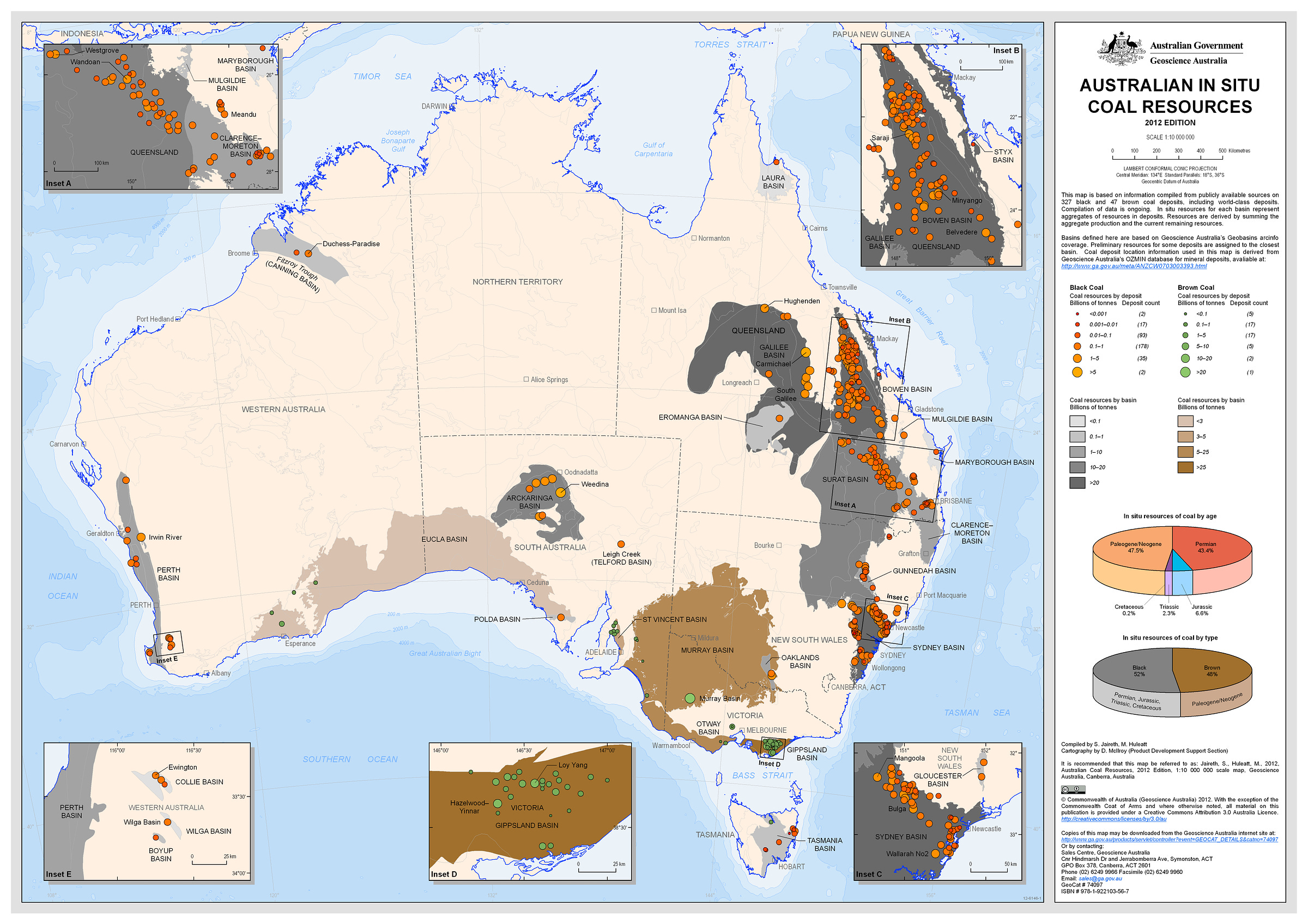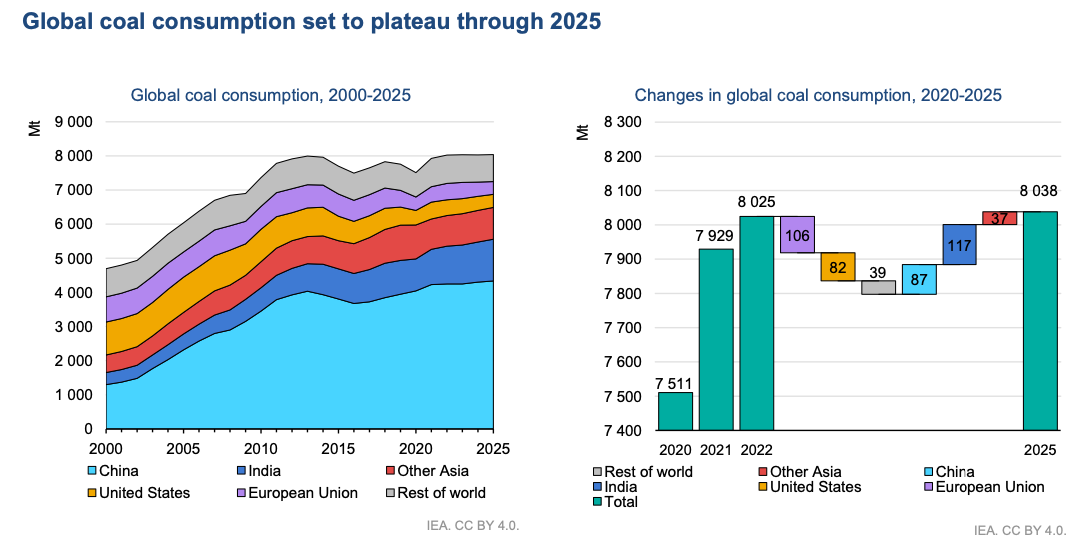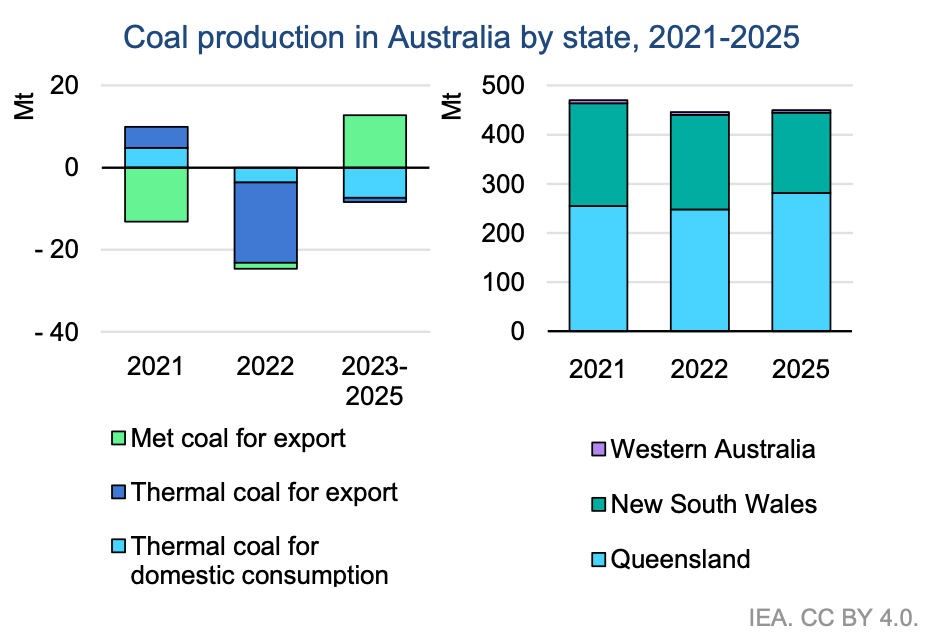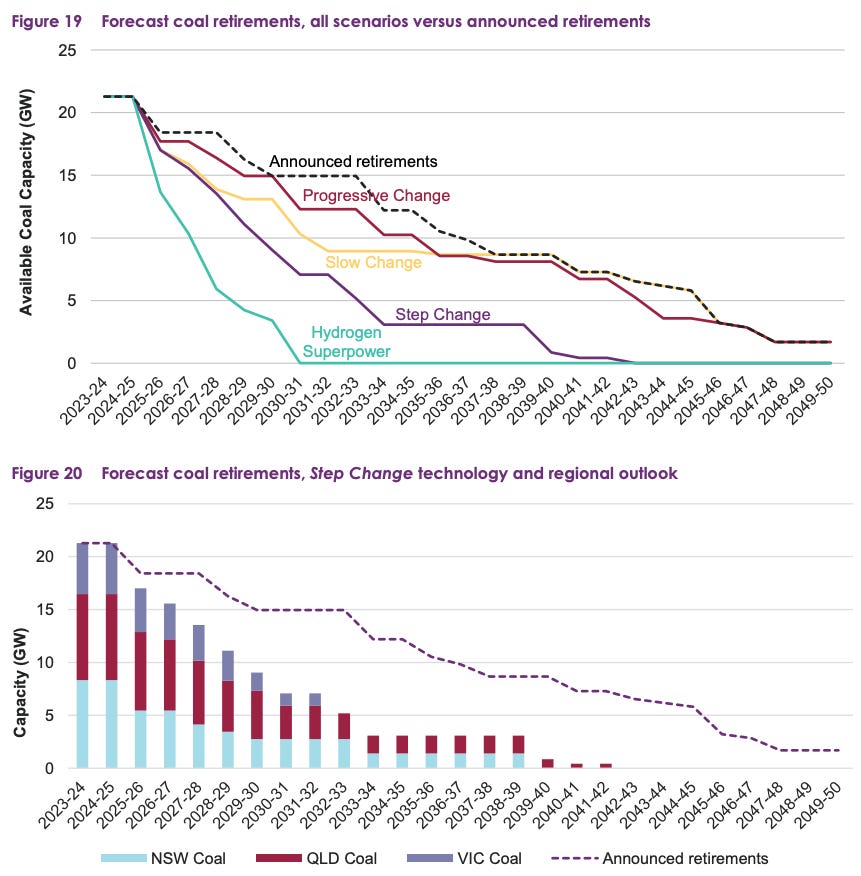Millennials are accused of plenty of things. Entitlement. Laziness. Excessive job-hopping. But perhaps the one that cuts deepest is when our generation is accused of killing things. Not actual things, like say koala habitats, affordable housing or the literal planet; but important things. Mayonnaise. Fabric softener. Napkins. In fact, Millennials have been accused of killing so many things that Mashable compiled a list of 70 victims (and presumably counting as our generation's apparent disdain for McDonald's, department stores and the 'good china' continues unabated).1
So it is with some unabashed glee that Currently Speaking is here to announce the 71st victim of Millennials — coal.
What is coal?
I mean, yeah this is a facetious heading, but bear with me. Per Wikipedia:
Coal is a combustible black or brownish-black sedimentary rock, formed as rock strata called coal seams.
Coal is a type of fossil fuel, formed when dead plant matter decays into peat and is converted into coal by the heat and pressure of deep burial over millions of years.
Righto, coal is made from carbon and exists between peat (which can be used to make something Millennials like) and diamonds (which, yep, Millennials also killed).
But there’s some further classification of coal which is important to our discussion. From the great Millennial dictionary again:
Lignite, or brown coal, the lowest rank of coal, most harmful to health when burned, used almost exclusively as fuel for electric power generation.
Sub-bituminous coal, whose properties range between those of lignite and bituminous coal, is used primarily as fuel for steam-electric power generation.
Bituminous coal, a dense sedimentary rock, usually black, but sometimes dark brown… It is used primarily in steam-electric power generation and to make coke. Known as steam coal in the UK, and historically used to raise steam in steam locomotives and ships.
Anthracite coal, the highest rank of coal, is a harder, glossy black coal used primarily for residential and commercial space heating.
The last two categories are collectively known as “black coal”.2 Australia has large reserves of both brown and black coal. As this helpful map from the Australian Government shows, every Australian state has large reserves of coal.3
Why do the types of coal matter?
As the Millennial dictionary article alludes, the quality of the coal has an impact on how it is used. Australia has plenty of brown coal, but it’s pretty crappy stuff and is pretty hard to sell, so it’s mostly only good for burning in domestic power stations whereas high quality, low(er) impurity bituminous coal has much higher value and can be exported.
Australia exports two key types of bituminous coal — thermal coal for power generation and metallurgical coal for steel production.
Steel is an alloy of iron and carbon.4 The majority of steel worldwide is produced using the basic-oxygen method which takes carbon-rich pig iron and introduces oxygen (producing CO2) to lower the carbon content until you have steel with the desired carbon content.
In order to make this carbon-rich pig iron, metallurgical coal is turned into coke, which is more or less pure carbon, and added to iron ore in a blast furnace. The quality of the coal is critical here — impurities in the coal can carry through the steelmaking process, weakening the end product.
Australia is the world’s largest exporter of metallurgical coal (and the largest producer of iron ore, making these two a more Australian combo than a meat pie and iced coffee for breakfast).
Beyond metallurgical coal, Australia also has plenty high quality bituminous coal which can be exported to countries hungry for coal but with poorer grades or limited native coal reserves.
Have Millennials actually killed coal?
Not exactly. Coal is still part of Australiana like finding couches on the nature strip or shouting at jaywalkers. As the Mineral Council of Australia helpfully explains:
Australia exported $112.8 billion worth of coal in FY22.
Coal supplied 69 percent of energy to the NEM in 2019.
Niiiiiiiice.
We’re still very much addicted to coal, both economically and physically. And, given how much we export, so is the rest of the world.
But the tide is turning. We’ve probably reached, or are close to reaching, peak coal (cringe). The International Energy Agency (IEA) is forecasting coal demand across both thermal and metallurgical coal to plateau out to 2025.
The charts below show that coal consumption has roughly levelled off over the last decade and is forecast to stay that way. And while China, India and other Asian countries are demanding more coal in the short term to meet their growing energy requirements, these growths are offset by the decline of coal in western nations.
Beyond 2025 the forecast is for coal use to continue to decline; how rapidly depends on how committed countries are to meeting their climate goals.
Returning back to the land of nature strip rubbish finds, The IEA forecast of Australian coal shows a moderate increase of 8%; but notably that growth is all in metallurgical coal. There’s a decrease in both domestic and exported thermal coal.
This is relatively unsurprising because while there are plenty of power generation alternatives to coal, we don’t currently have a commercial viable alternative to coal-free steelmaking (although there are promising technologies on the horizon).
Domestically, the writing has been on the wall for some time. Not only have no new coal-fired stations been built in Australia since 2009, but the appetite for any new projects has well and truly gone from the mainstream.5
In fact, not only do all existing coal-fired stations have formally announced closure dates, but these closure timelines have been accelerating on what sometimes feels like a monthly basis.
The chart below was published in the 2022 AEMO Integrated System Plan almost exactly a year ago…. and it’s already very out of date. The dotted line indicates the announced closure dates at the time of publication, and the purple line indicates the anticipated (and more aggressive) closure timeline under the step change, which is considered the central planning scenario for the NEM.
By September 2022 even the closure timeline of the step change scenario was wrong with the Queensland government announcing that it would close its coal-fired stations by 2035, nearly a decade ahead of forecast.
Coal is not quite dead. Yet. But it’s fair to say that Millennials are even less keen on the brown stuff than eggy oily emulsions. It’s only a matter of time until it goes the way of the good china and ends up on a shelf in a museum.
Things Happen
A parliamentary enquiry into electrification is kicking off. It will look into the opportunities and constraints for greater household electrification, and table a final report by the end of 2024. Interestingly, it was instigated by Liberal Senator Andrew Bragg. How nice would some bipartisanship be…
Michael Barnard argues the hype surrounding hydrogen in Australia might be starting to burst.
Barnaby Joyce did an impression of a rusting wind turbine in parliament, and yes, this man was the deputy Prime Minister of Australia.
But honestly, the idea of having an entire separate room in your house, with an entirely separate set of cutlery and crockery, and nice cloth napkins that you save for a handful of dinners each year is WILD.
Sub-bituminous coal is the black sheep of the family, and no one can agree whether it should be classified as brown or black coal. Either way it’s shitty stuff.
Perhaps holding a lump of coal determines admission from lowly Territory to State.
<2% carbon. Thanks materials engineering degree.
Ever since the Member for Manila and Craig Invermectin Kelly left parliament Cosplay Canavan’s positions are looking increasingly desperate.








The millennials might have killed coal Alex and old bastards like me are all for it too! Cheers
Amusing and informative as always. I hope the iced coffee referenced was Farmers Union mate.